Japan issues tsunami warning after huge quake off Russia sparks alerts around the Pacific
Waves of up to 5m were recorded in parts of Russia's Kamchatka region, prompting evacuations and damaging buildings.
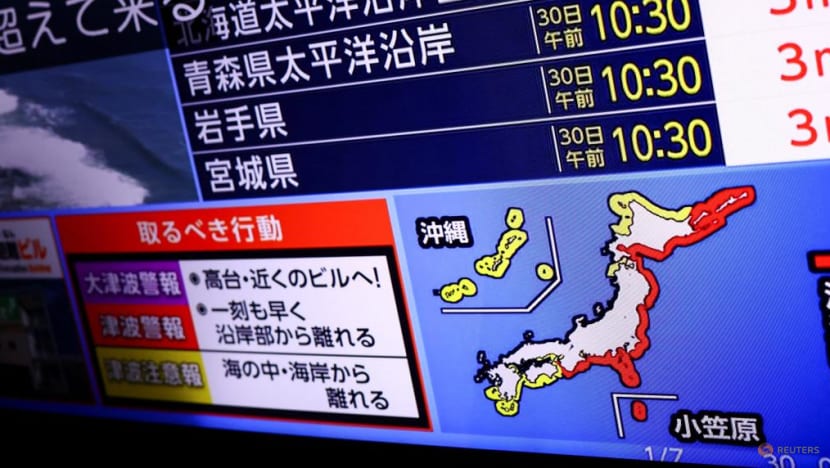
A television screen shows a news report on Japan Weather Agency's tsunami warning, saying it expected tsunami waves of up to 3m to reach large coastal areas in Japan after a powerful earthquake struck off Russia's Kamchatka Peninsula, in Tokyo, Japan, Jul 30, 2025. (Photo: Reuters/Issei Kato)
A powerful 8.8-magnitude earthquake off Russia's far east on Wednesday (Jul 30) prompted tsunami alerts and evacuations across parts of the Pacific including Japan and Hawaii, with warnings also issued along the California coast.
The quake, which struck off Russia’s Kamchatka Peninsula, sparked alerts across most of Japan's east coast.
Almost two million people in Japan were told to head to higher ground and tsunami warnings were issued across the region, before being rescinded or downgraded - though scientists warned of the danger of powerful aftershocks.
The Japan Meteorological Agency (JMA) said a tsunami of 1.3m reached a port in Japan's northern Iwate prefecture at 1.52pm local time.
But by Wednesday evening, the agency had downgraded its tsunami alerts - issued for much of the archipelago - to advisories.
The quake occurred at 8.25am local time (7.25am Singapore time). Japan authorities registered the intensity as magnitude 8.7.
It was about 250km away from Hokkaido, Japan's northernmost of the country's four big islands, and was felt only slightly, according to Japan’s NHK television.
A University of Tokyo seismologist Shinichi Sakai told NHK that a distant earthquake could cause a tsunami that affects Japan if its epicentre is shallow.
Japan, part of the area known as the Pacific ring of fire, is one of the world's most quake-prone countries.
Workers evacuated the stricken Fukushima nuclear plant, where a meltdown following the 2011 tsunami caused a radioactive disaster, operator TEPCO said.
Footage on public broadcaster NHK showed scores of people in the northern island of Hokkaido on the roof of a building, sheltering under tents from the beating sun, as fishing boats left harbours to avoid potential damage from the incoming waves.
In Japan’s northern coastal town of Matsushima, dozens of residents took refuge at an evacuation centre, where water bottles were distributed and an air conditioner was running.
One person told NHK she came to the facility without hesitation based on the lesson from the 2011 tsunami.
Broadcaster Asahi TV reported a 58-year-old woman died when her car fell off a cliff while she was evacuating in central Japan's Mie prefecture.
Automaker Nissan Motor suspended operations at some factories in Japan to ensure employee safety, Kyodo news agency reported.
Chief Cabinet Secretary Yoshimasa Hayashi said no injuries or damage had been reported, and there were no irregularities at any nuclear plants.
But hundreds of thousands of commuters in Tokyo and surrounding areas faced being stranded as they headed home, with operations on railway lines along the Pacific coast remaining halted.
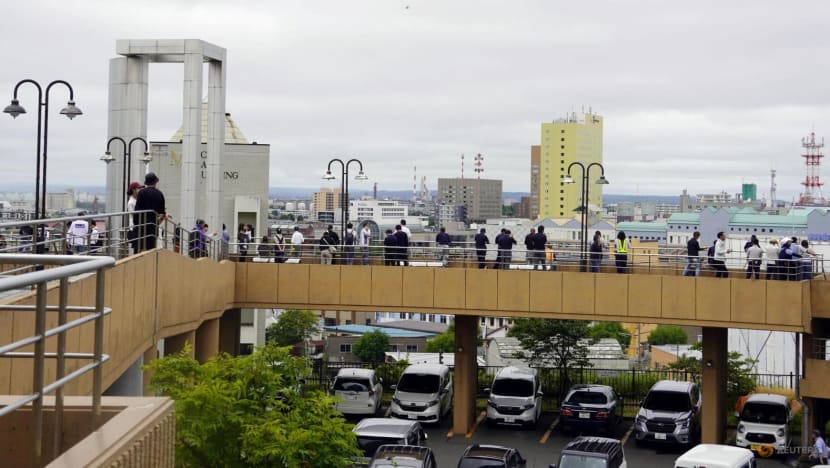
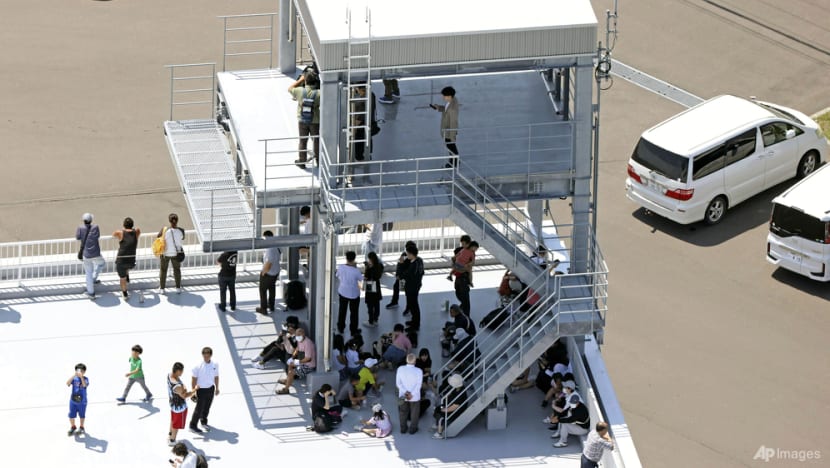
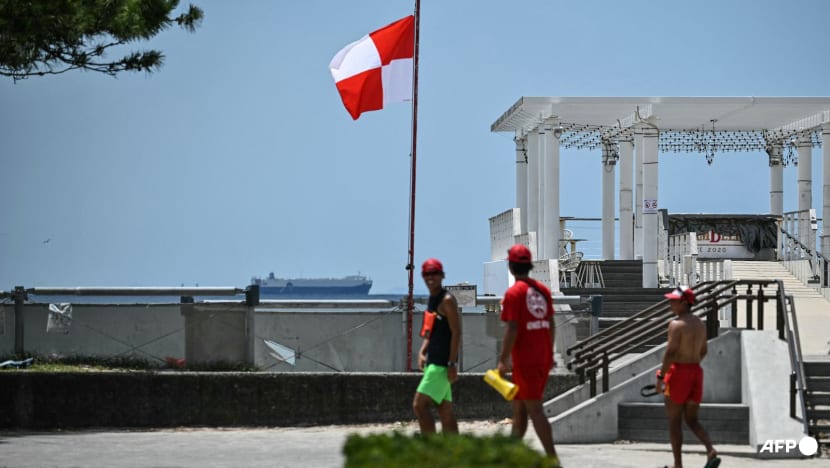
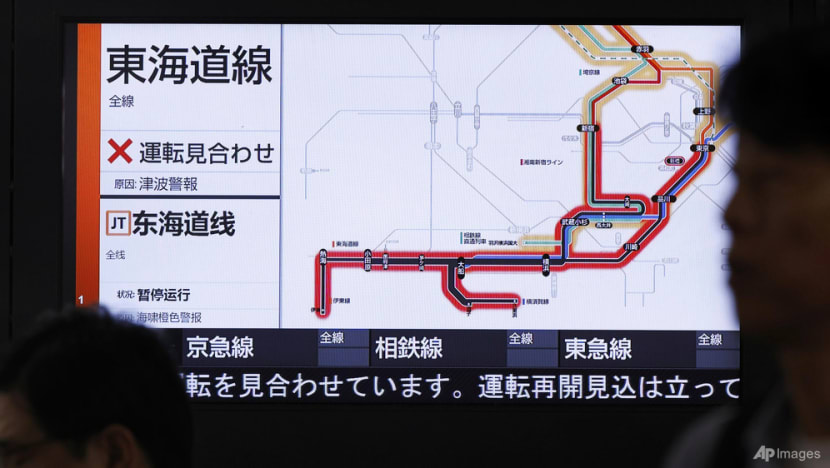
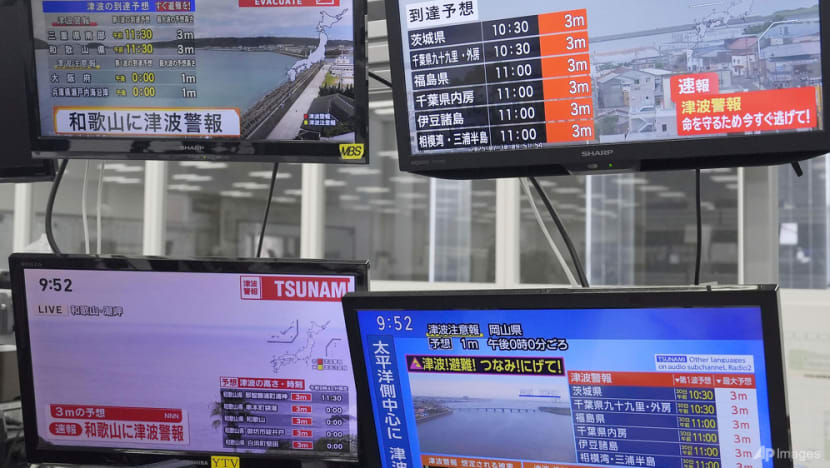
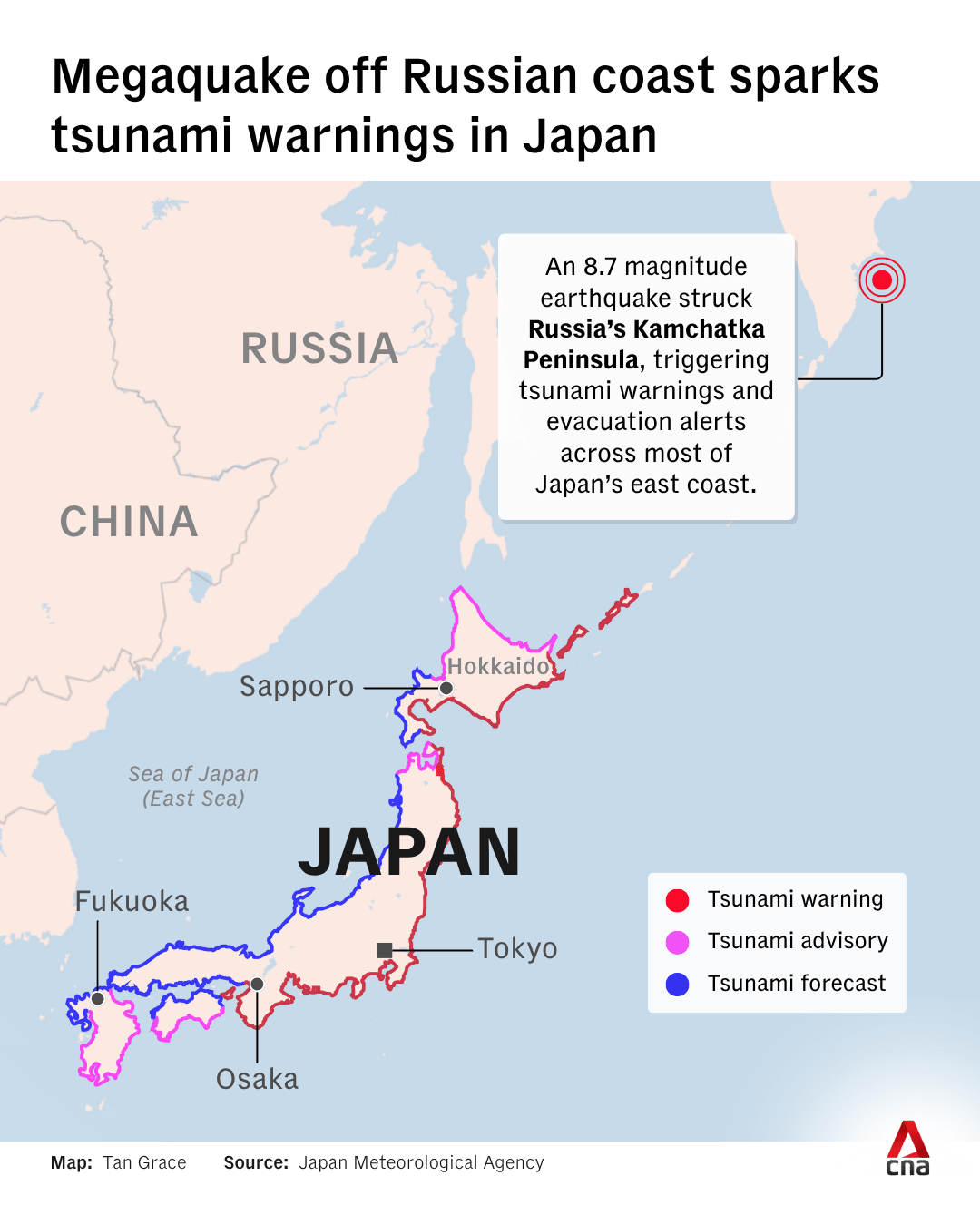
RUSSIA'S KAMCHATKA SHAKEN
The epicentre of the earthquake is roughly the same as a massive 9.0 temblor in 1952 which resulted in a destructive, Pacific-wide tsunami, according to the US Geological Survey.
At least six aftershocks have further rattled the region, including one of 6.9 magnitude and another listed at 6.3.
The earthquake also appeared to be the strongest anywhere in the world since the 9.0 magnitude earthquake off northeastern Japan in March 2011. Only a few stronger earthquakes have ever been measured around the world.
Russian scientists said the quake in Kamchatka was the most powerful to hit the region since 1952.
"Today's earthquake was serious and the strongest in decades of tremors," Kamchatka Governor Vladimir Solodov said in a video posted on the Telegram messaging app.
"It felt like the walls could collapse any moment. The shaking lasted continuously for at least three minutes," said Yaroslav, 25, in the city of Petropavlovsk-Kamchatsky.
In Severo-Kurilsk in the northern Kuril Islands, south of Kamchatka, tsunami waves exceeded 3 metres, with the largest up to 5 metres, Russia's RIA news agency reported.
Tsunami waves partially flooded the port and a fish processing plant in the town, sweeping vessels from their moorings, regional officials and Russia's emergency ministry said.
Verified drone footage showed the town's entire shoreline was submerged, with taller buildings and some storage facilities surrounded by water as it swept back out to sea.
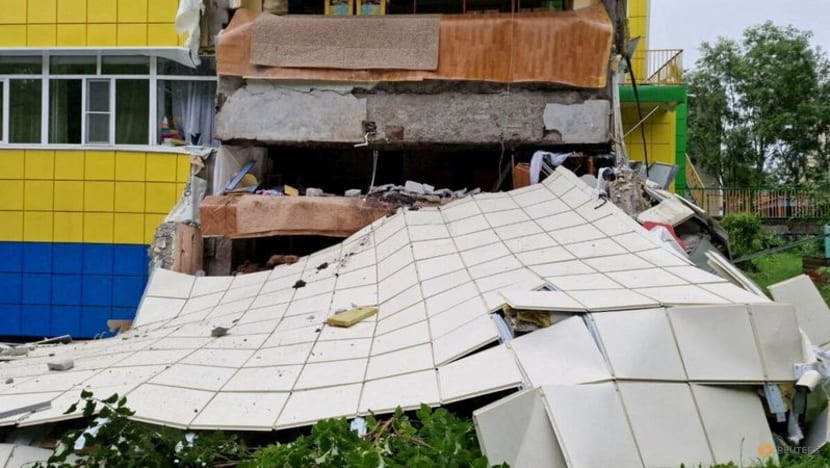
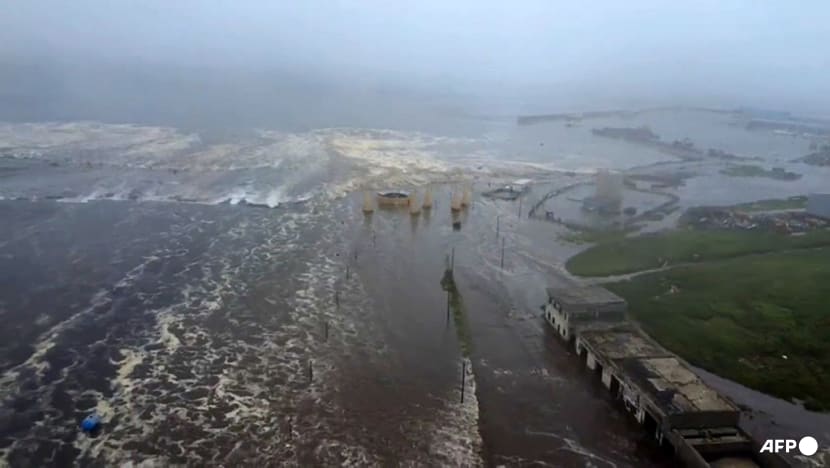
The waves reached as far as the town's World War II monument about 400m from the shore line, according to Mayor Alexander Ovsyannikov. He urged residents to assess damage to their homes and not to use gas stove heating until inspections had been carried out.
Several people were injured in Russia by the quake, state media reported, but none seriously.
"The walls were shaking," a Kamchatka resident told state media Zvezda.
"It's good that we packed a suitcase, there was one with water and clothes near the door. We quickly grabbed it and ran out ... It was very scary," she said.
Video footage from the region's health ministry showed a team of medics in the city of 165,000 residents performing surgery as the tremors shook their operating theatre.
Authorities in Russia's far eastern Sakhalin region declared a state of emergency in the northern Kuril Islands. The mayor there said that "everyone" was evacuated to safety.
Later Wednesday, the authorities in the Kamchatka peninsula announced the tsunami warning had been lifted.
Kamchatka and Russia's Far East sit on the Pacific Ring of Fire, a geologically active region that is prone to earthquakes and volcanic eruptions.
"However, due to certain characteristics of the epicentre, the shaking intensity was not as high ... as one might expect from such a magnitude," said Danila Chebrov, director of the Kamchatka Branch of the Geophysical Service, on Telegram.
"Aftershocks are currently ongoing ... Their intensity will remain fairly high. However, stronger tremors are not expected in the near future."
In Hawaii, waves of up to 1.7m impacted the islands before the Pacific Tsunami Warning Center reduced its warning level for the state, saying no major tsunami was expected.
Flights out of Honolulu airport resumed in the evening, the transportation department said.
Daya from Midway Atoll, which is part of the way between Japan and Hawaii, measured tsunami waves from peak to trough of 1.8m.
Earlier, tsunami sirens blared near Hawaii's popular Waikiki surf beach where an AFP photographer saw gridlocked traffic as Hawaiians escaped to higher ground.
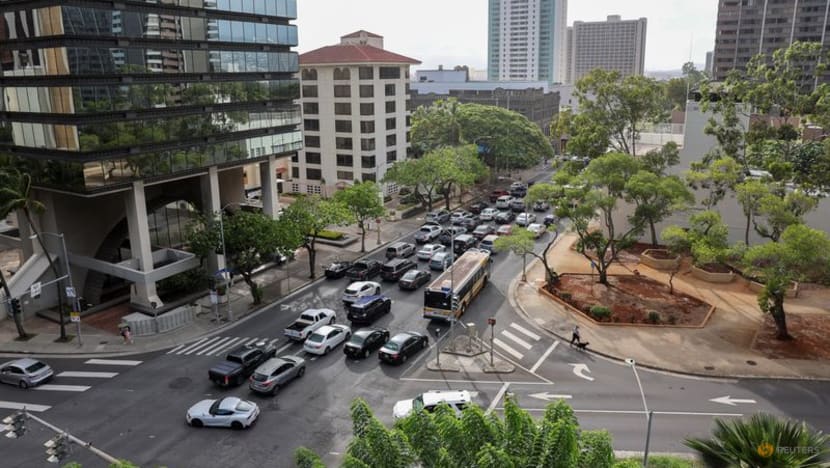
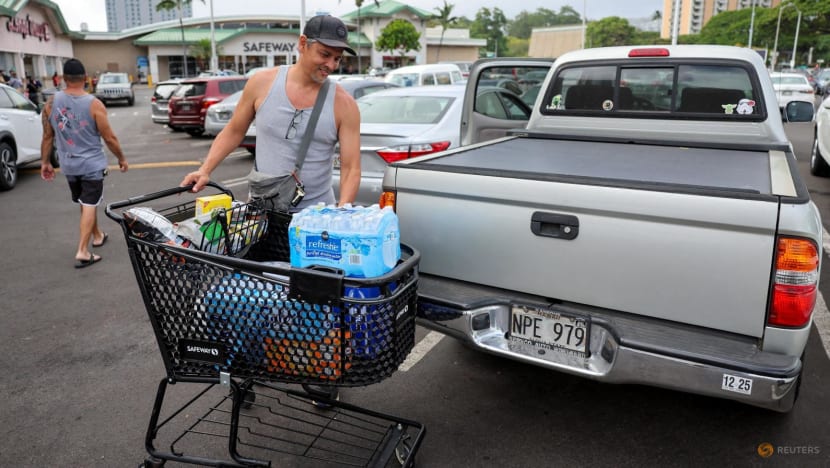
The US further sounded the alarm with a series of alerts of varying levels along North America's West Coast, from Alaska down to the entire coast of California.
Waves less than 30cm above tide levels were observed in the Alaskan communities of Amchitka and Adak, said Dave Snider, tsunami warning coordinator with the National Tsunami Warning Center in Alaska.
The impact of the tsunami could last for hours - such as in Adak, a community of about 70 people in Alaska's Aleutian Islands - or perhaps more than a day, Snider said.
“A tsunami is not just one wave,” he said. “It’s a series of powerful waves over a long period of time. Tsunamis cross the ocean at hundreds of miles an hour - as fast as a jet airplane - in deep water. But when they get close to the shore, they slow down and start to pile up. And that’s where that inundation problem becomes a little bit more possible there.”
“In this case, because of the Earth basically sending out these huge ripples of water across the ocean, they’re going to be moving back and forth for quite a while,” which is why some communities may feel effects longer, he said.
Tsunami waves of nearly half a metre were observed as far as California, with smaller ones reaching Canada's province of British Columbia.
"STAY STRONG AND STAY SAFE!" US President Donald Trump said on social media.
WARNINGS ACROSS THE PACIFIC
Over in Asia, the Philippines' seismology agency advised people to stay away from beaches in coastal areas facing the Pacific Ocean as these regions are expected to experience tsunami waves of less than 1m in height.
“It may not be the largest of waves, but these can continue for hours and expose people swimming in the waters to danger,” Teresito Bacolcol of the Philippine Institute of Volcanology and Seismology told The Associated Press.
Indonesia's geophysics agency also issued a warning that tsunami waves of less than 0.5m could reach some coastal cities and towns in the Papua region, North Maluku province and Gorontalo province.
In Taitung in Taiwan, hotel resort worker Wilson Wang, 31, told AFP: "We've advised guests to stay safe and not go out, and to avoid going to the coast."
China's tsunami warning centre issued an alert for parts of the country’s east coast along Shanghai and Zhejiang provinces. The warning forecasts that waves could reach between 0.3m to 1m.
Shanghai and Zhejiang are already under alert for Typhoon Co-May.
Co-May made landfall in the port city of Zhoushan in Zhejiang province in the early hours of Wednesday with maximum sustained wind speeds near its centre of 23 metres per second.
Forecasters expect Co-May to make another landfall closer to Shanghai later on Wednesday.
China's National Marine Environmental Forecasting Center said the tsunami was expected to have a "disastrous impact" on some parts of China's coast, including Shanghai and Zhoushan.
Pacific nation Palau, about 800km east of the Philippines, ordered the evacuation of "all areas along the coastline".
Waves of up to four metres are expected overnight in the Marquesas Islands, French Polynesia, authorities said in a press statement.













